About 20 years ago, when one of the first professional digital cameras was released, such as the Nikon D1 or, actually, a decade before that, the Canon EOS DCS 3 (1995) brand appeared on the market, today these brands have disappeared, or are too old to be used, not suitable for the present. The image quality taken from the first generation cameras was very low, because the resolution was only 1.3 megapixels.
Technology has advanced a lot so far. According to experts, the two most popular cameras for photographers and journalists today with the best quality are the Nikon D6 and the Canon 1Dx Mark III (not counting other camera brands). However, after a short time of being released, these series are about to become obsolete because the mirrorless line is the new trend thanks to modern technology and compact size.
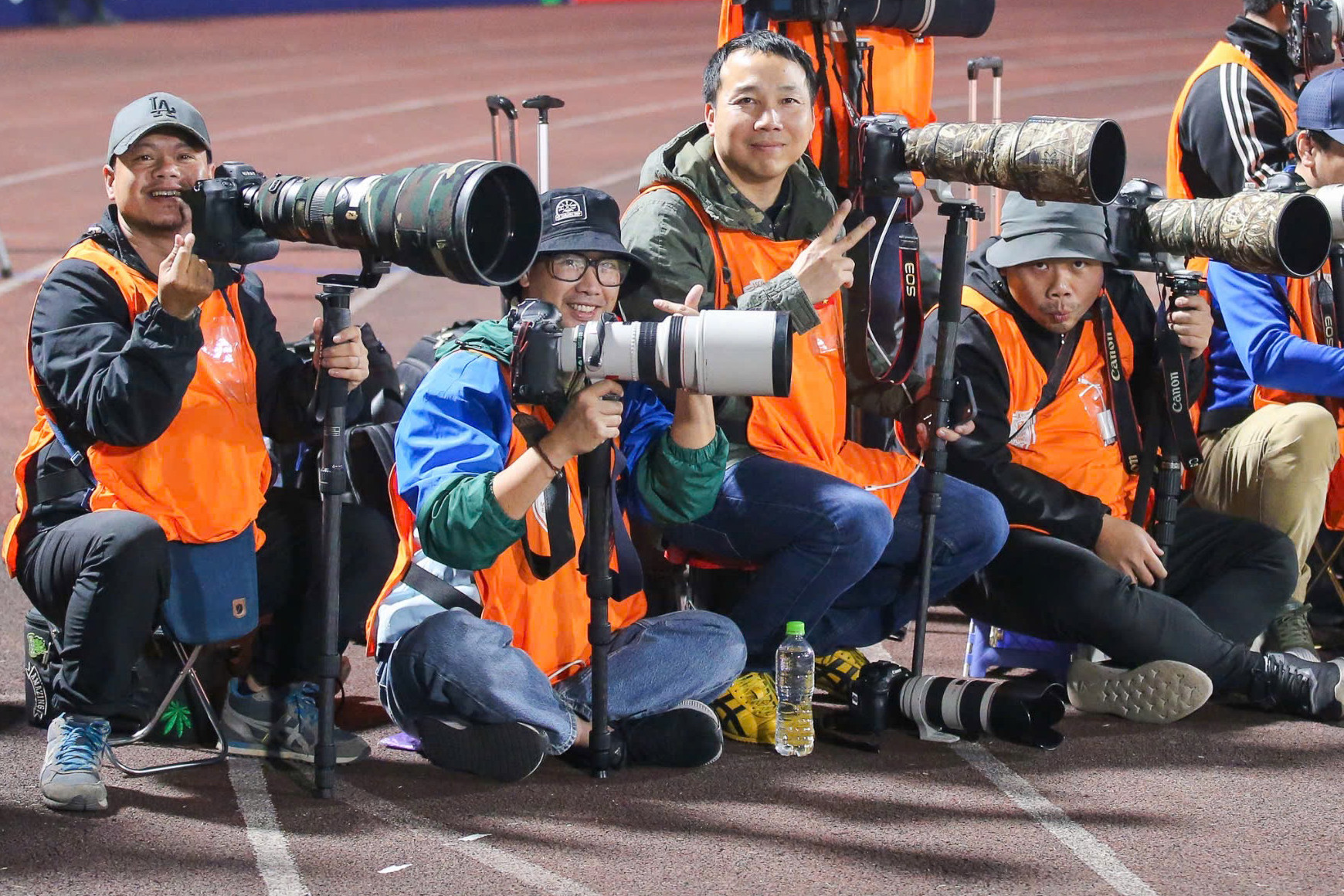
Many photojournalists still love DSLR cameras for their journalism work. Photo: PVA Club
The race to use "high-end" cameras in the press industry is currently very "fierce" and quite quiet. Those who can afford it are willing to spend hundreds of millions of dong, even more than half a billion to own the best possible set of photography equipment. Those who are "powerless" can only sit and watch their colleagues bring home super sharp, extremely detailed, vibrantly colored photos with "quickly captured" moments to the extreme.
Some popular professional camera lines on the market today include Canon EOS R1, listed price in the US is 6,299 USD/body (equivalent to about 163 million VND); Nikon Z9 is 4,996 USD/body (equivalent to 129 million VND); Nikon D6 and EOS 1Dx Mark III are both priced at about 168 million VND/body.
Mr. Nguyen Hai, a photojournalist for Lao Dong newspaper, is using two sets of Canon cameras including R3, R6, lenses of various focal lengths, costing about 500 million VND, a not small amount of money for making money from photography to recover capital.
Mr. Hoang Giang Huy, a photojournalist for VnExpress newspaper, once bought a brand new Nikon D6 body for nearly 150 million VND, but after only using it for a short time, he switched to a mirrorless Nikon Z9 and invested in some suitable lenses, totaling about 600 million VND.
Similarly, Mr. Pham Quang Vinh, a photojournalist for Dai Doan Ket newspaper, is also holding a Canon R5 priced at 65 million VND/body. Previously, the equipment he used was a Canon 5D Mark IV and 1Dx Mark II, which are DSLRs (DSLR cameras with a mirror are also very expensive). Currently, these two bodies have fully depreciated, and Mr. Vinh has sold them to reinvest in a compact mirrorless line.
Journalist Tien Tuan (Dan Tri) is using both DSLR and mirrorless lines for work. He affirmed that mirrorless cameras have a shooting speed twice as high as DSLRs, are a bit more compact but have poor battery life due to having to run the electronic view and screen continuously. Mirrorless cameras focus during the day in bad weather, foggy weather conveniently and quickly, but in low light, AF is poor, especially at night, AF is always broken. In particular, there are eye and face focus modes that are more convenient when using the 360-degree rotating screen. Video recording mode is also more convenient with the AF system that follows the subject, unlike DSLR lines. Mirrored cameras are a bit heavier but feel sturdy and have a "buffalo" battery. For example, the Nikon D6 focuses very well at night but has a limited shooting speed of only 14 frames/second. The D6's focus system is superior to semi-professional lines but still cannot compare to mirrorless lines. The color of the photos taken by the mirrorless camera is thick, the transition between light and dark is harmonious and the sharpness is more realistic even though the photo dots are smaller than the Z8 and Z9. "However, I have not replaced the mirrorless camera because the highest-end product lines of the mirrored camera still meet all important events and my own needs. Mirrorless products are not completely superior to mirrored cameras," Mr. Tuan affirmed.
He also added that he only uses a mirrorless camera for backup in certain situations, otherwise he still has to use a DSLR.
Having a more rigid point of view and having not changed for many years, journalist Thuan Thang (Znews) affirmed that he tried using mirrorless to take photos but could not compete with others so he still had to use "banh chung" (a funny name for professional DSLR lines such as D5, D6, 1Dx Mark III...). "A camera with a flip mirror gives users the feeling of capturing moments that mirrorless cannot have," said Mr. Thang.
These are five of dozens of cases where professional photographers have similar and different views when it comes to old and new technology for professional cameras.
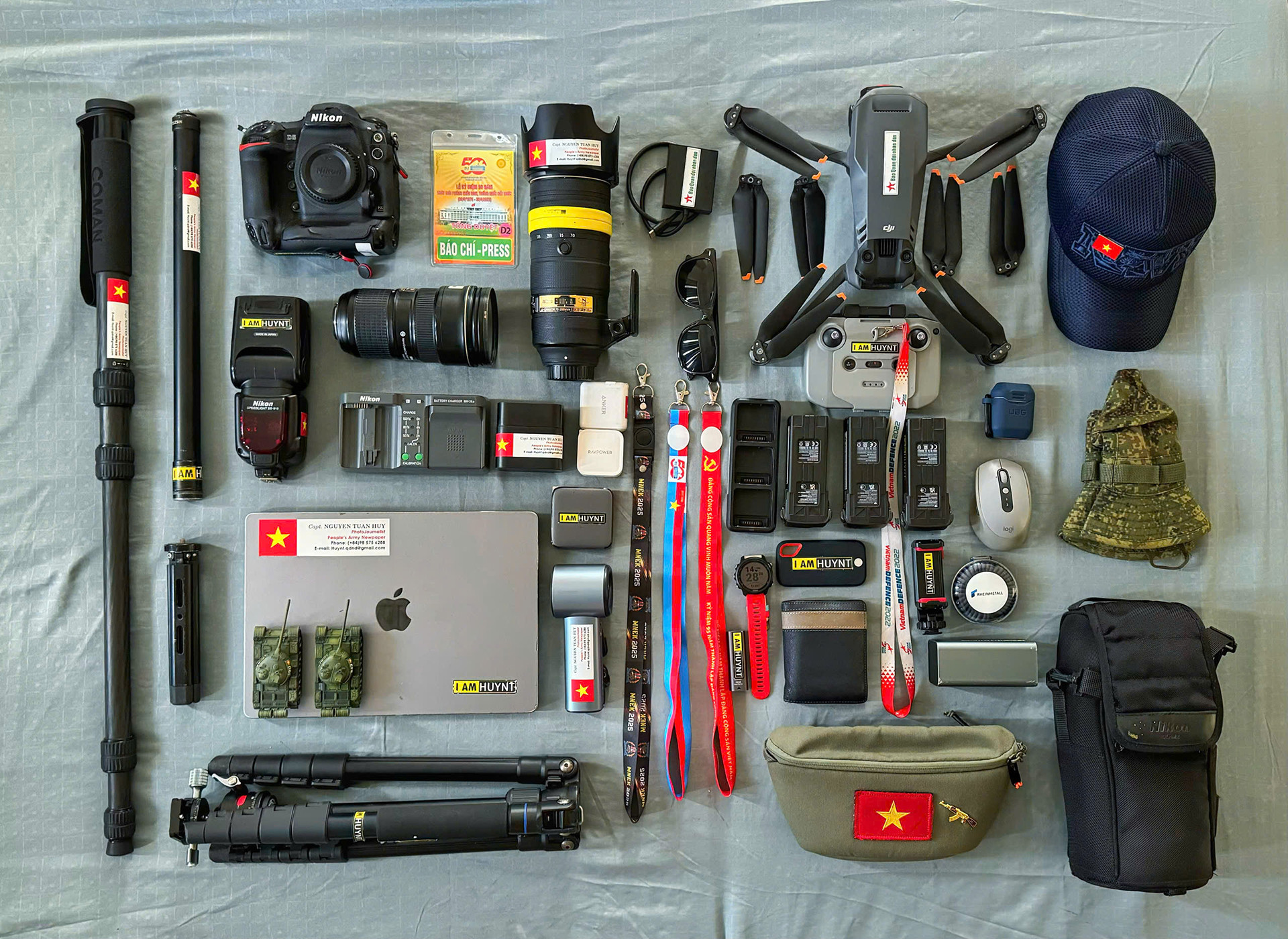
A photojournalist's equipment. Photo: Tuan Huy
When the first mirrorless camera was released in 2008 - the Panasonic Lumix DMC-G1, many people didn't pay much attention to it, but now this compact camera line is quite popular.
Realizing that mirrorless cameras are the new trend, from the end of 2021, Canon announced that the EOS-1D X Mark III will be the company's last flagship DSLR. By mid-2022, Nikon also announced that it would stop producing some entry-level DSLR lines, and by May 2025, the era of mirrorless cameras from Japan's largest camera company will officially end.
The above information is a sad news for "banh chung" camera enthusiasts when the professional camera line that produces the best image quality today, Nikon D6 and 1Dx Mark III, will not have a "younger brother" to succeed them.
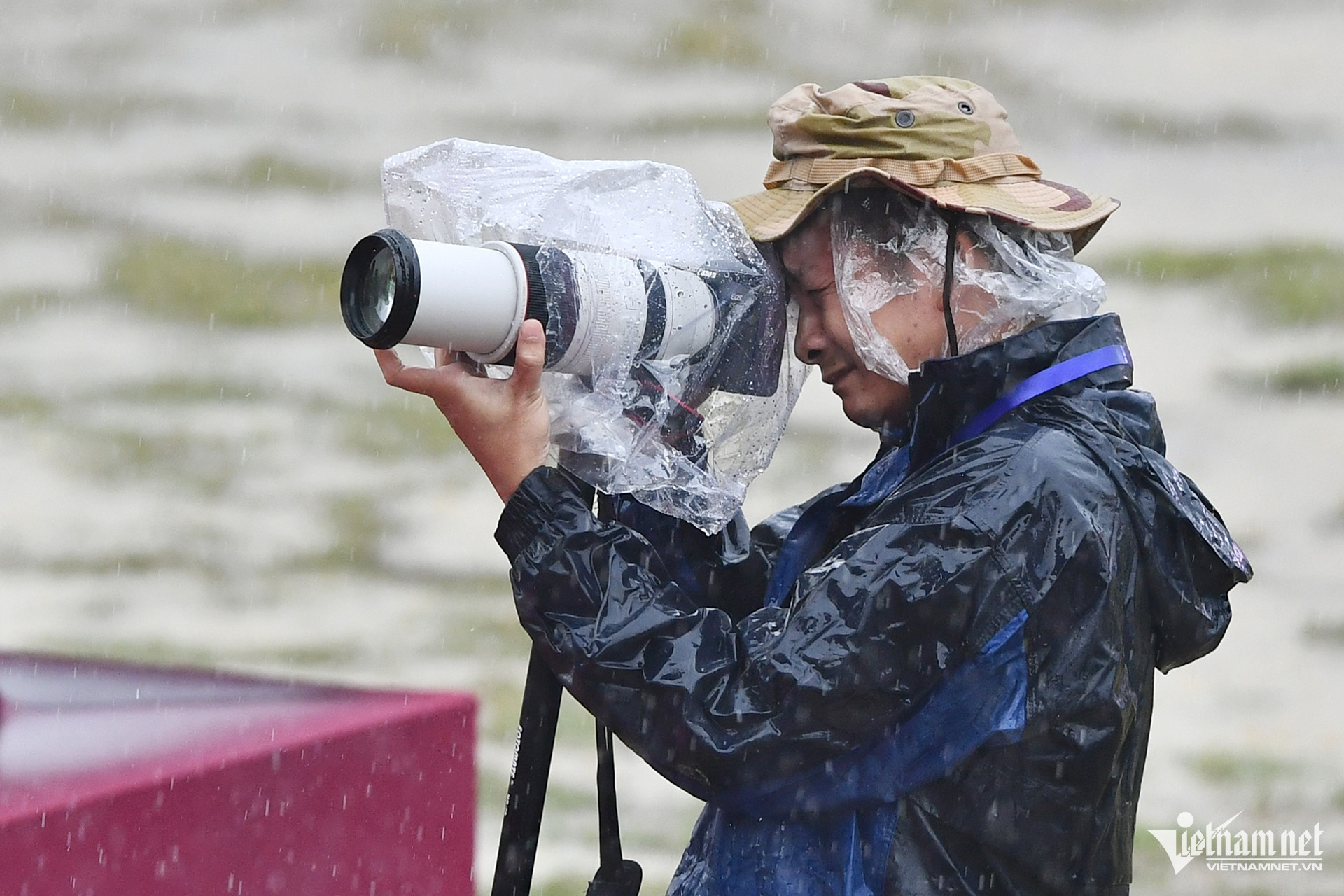
Expensive machines can reduce the risk of damage when working in bad weather conditions. Photo: Hoang Ha
Sharing with VietNamNet, Mr. Nguyen Hai said that because of the high competition in the job, he had to invest. “Compared to DSLR, miroless is lighter, has faster focusing speed, and better focus tracking, and the flip screen can take pictures at many different angles. Thanks to new technology, I can take pictures in silent mode in completely silent shooting conditions,” Mr. Hai said.
Mr. Huy said that the equipment he spent more than half a billion VND on means bringing the necessary efficiency to his work. "I think that investing like this will ensure the quality and my personal requirements first because other normal equipment is not qualified to work," he said.
Mr. Hoang Giang Huy and Mr. Pham Quang Vinh both affirmed that mirrorless cameras are a new trend, with many features that help the camera user, like switching from a gasoline car to an electric car. At this point, mirrorless cameras will and have replaced DSLRs, although many people still prefer the old type of camera. "Mirrorless cameras have the advantage of being compact, light, with very large image files, and much faster shooting speed, although there are still some unsatisfactory points that need to be improved," Mr. Vinh expressed.
Regarding the disadvantages of mirrorless cameras, most reporters admit that mirrorless cameras are inferior to DSLRs in color detail, the shutter sound is also not as audible, and the sensor is prone to error if it is hit by a laser beam on stage.
On forums and classifieds sites, many camera and lens businesses are still selling a lot of both DSLR and mirrorless models. DSLRs are advertised as used, many of which are still quite new, while mirrorless cameras are almost always seen as brand new, with few transactions of used models.
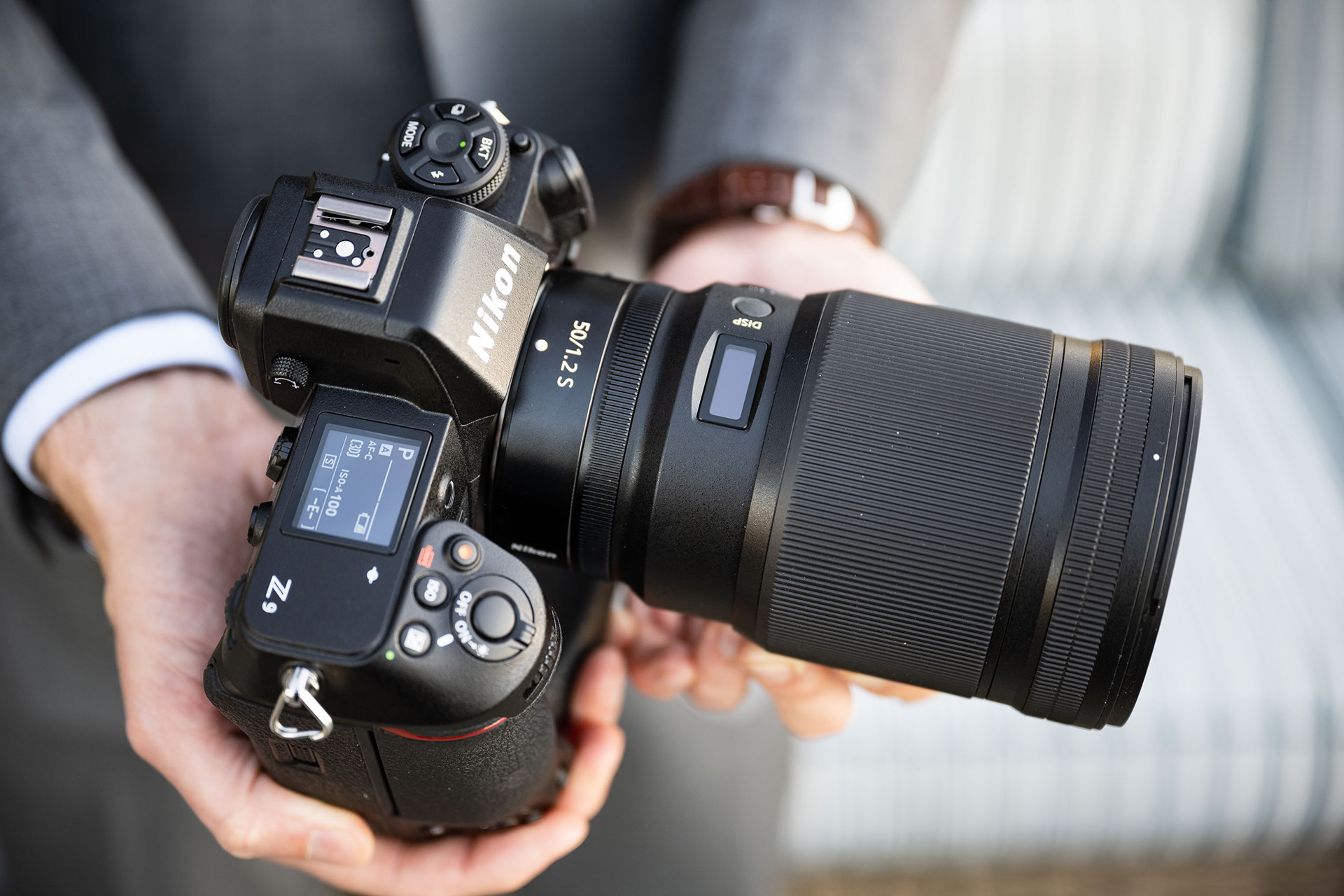
The Nikon Z9 mirrorless camera is not much lighter than the DSLR line because of its large size for professionals. Photo: Nikon
DSLR stands for Digital Single Lens Reflex, which works by having light hit a mirror at a 45-degree angle. That light goes straight up into an optical viewfinder, allowing you to see exactly what the lens is looking at. This is a true optical path, with no digital processing in between.
Basically, mirrorless cameras are like phone cameras while DSLR cameras have a built-in mirror. The image quality of mirrorless cameras has not yet surpassed the older generation of cameras. The most obvious advantage of mirrorless cameras is their compactness, but unfortunately they still have to use lenses that are as large as DSLRs.
Even so when it comes to the overall comparison it really comes down to the difference between old and new technology, mirrorless has exploded, is the pioneering technology and has come a long way.
When compared to top cameras, DSLRs can shoot up to 16 frames per second while mirrorless cameras can shoot from 30 - 60 frames per second. This is where mirrorless cameras beat DSLRs. Therefore, the prices of used DSLRs today have dropped dramatically. If a Nikon D5 body when bought "unboxed" a few years ago cost about 150 million VND, now users can spend just over 30 million VND to own a camera that has taken about 50,000 shots.
Vietnamnet.vn
Source: https://vietnamnet.vn/cac-tay-sung-lang-bao-chi-viet-nam-dang-dung-may-anh-gi-2410472.html




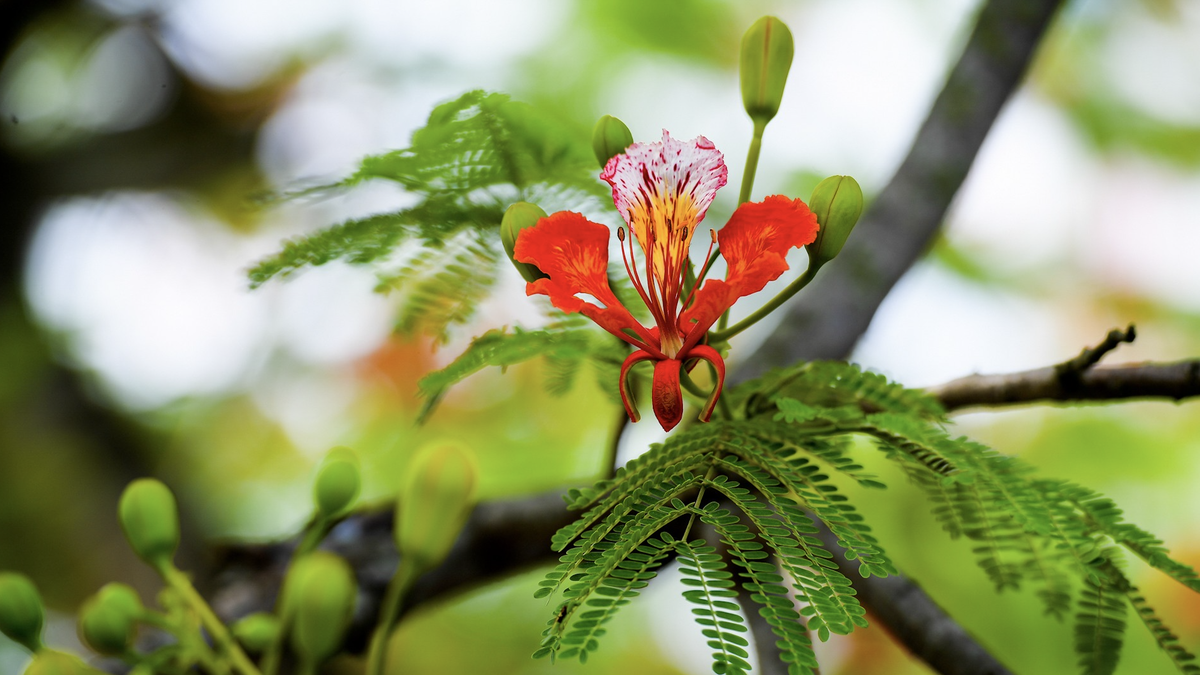

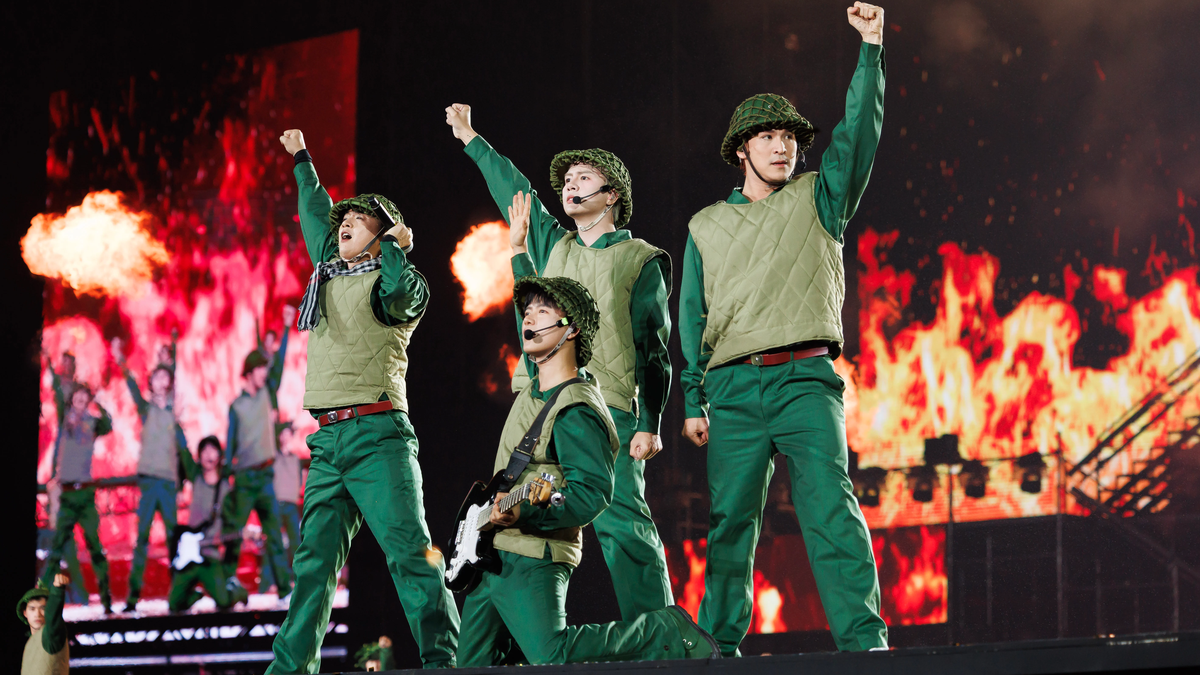



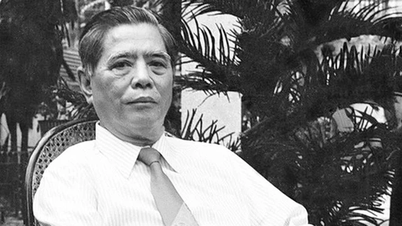



























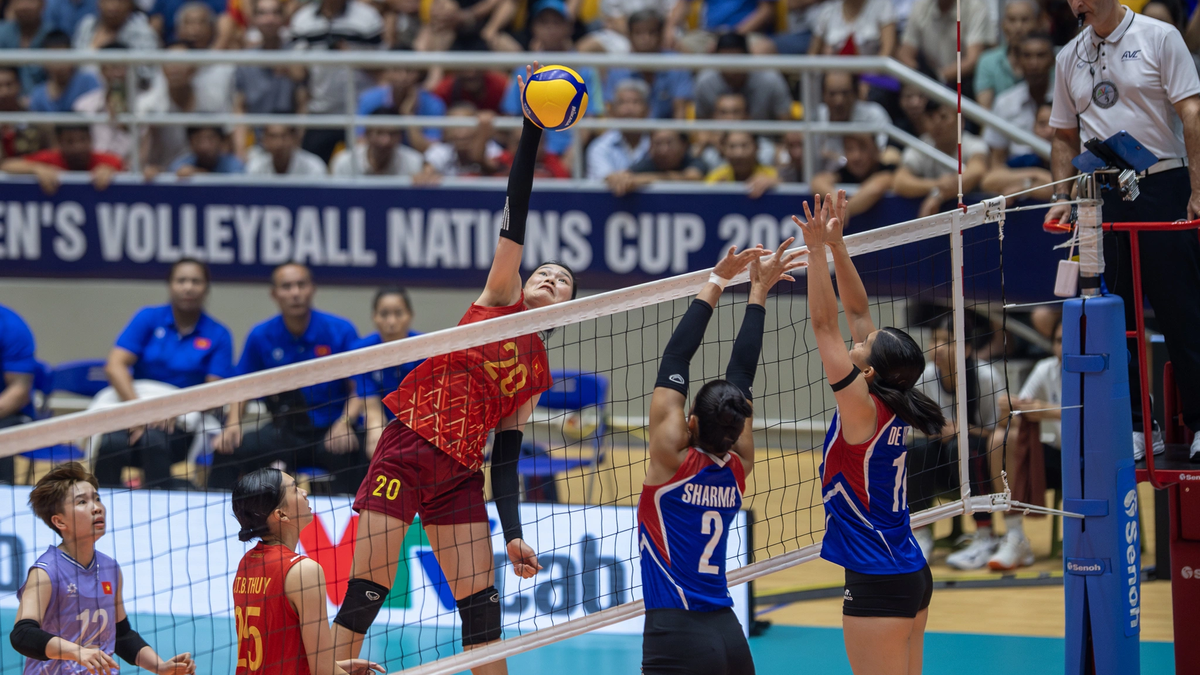




























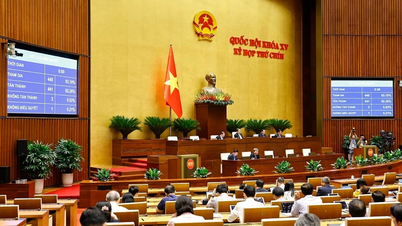
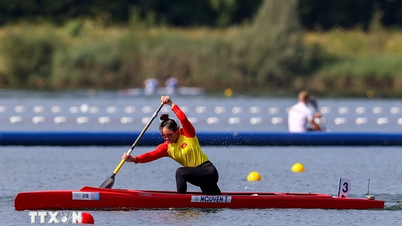





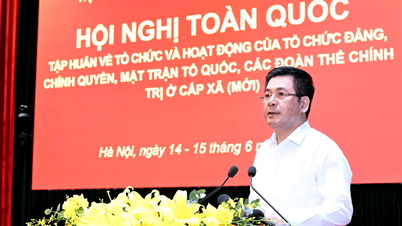






























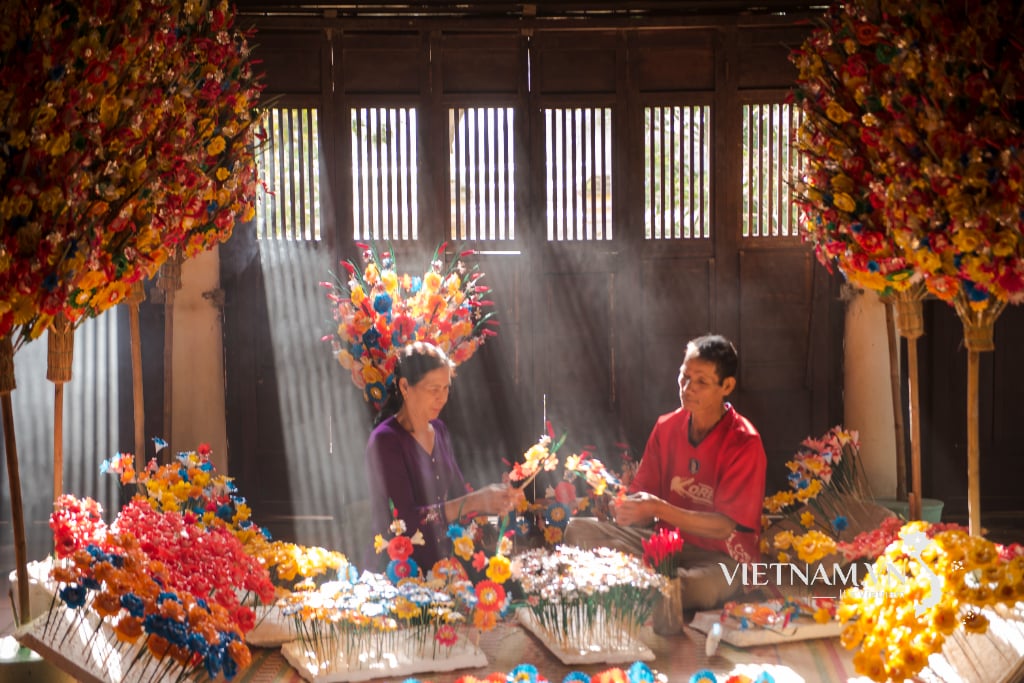
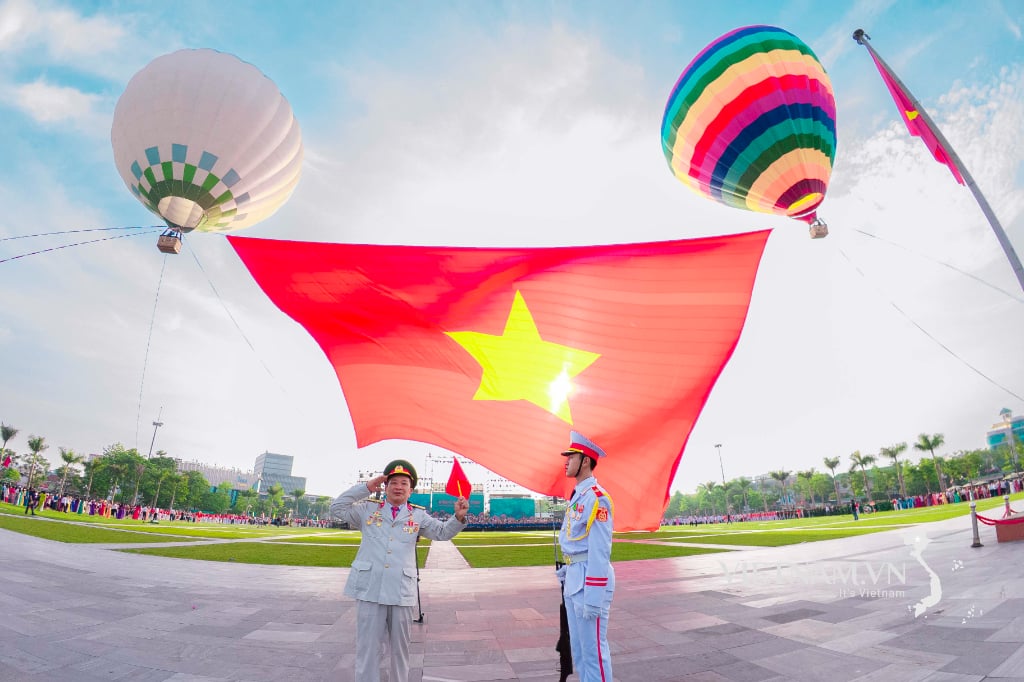

Comment (0)